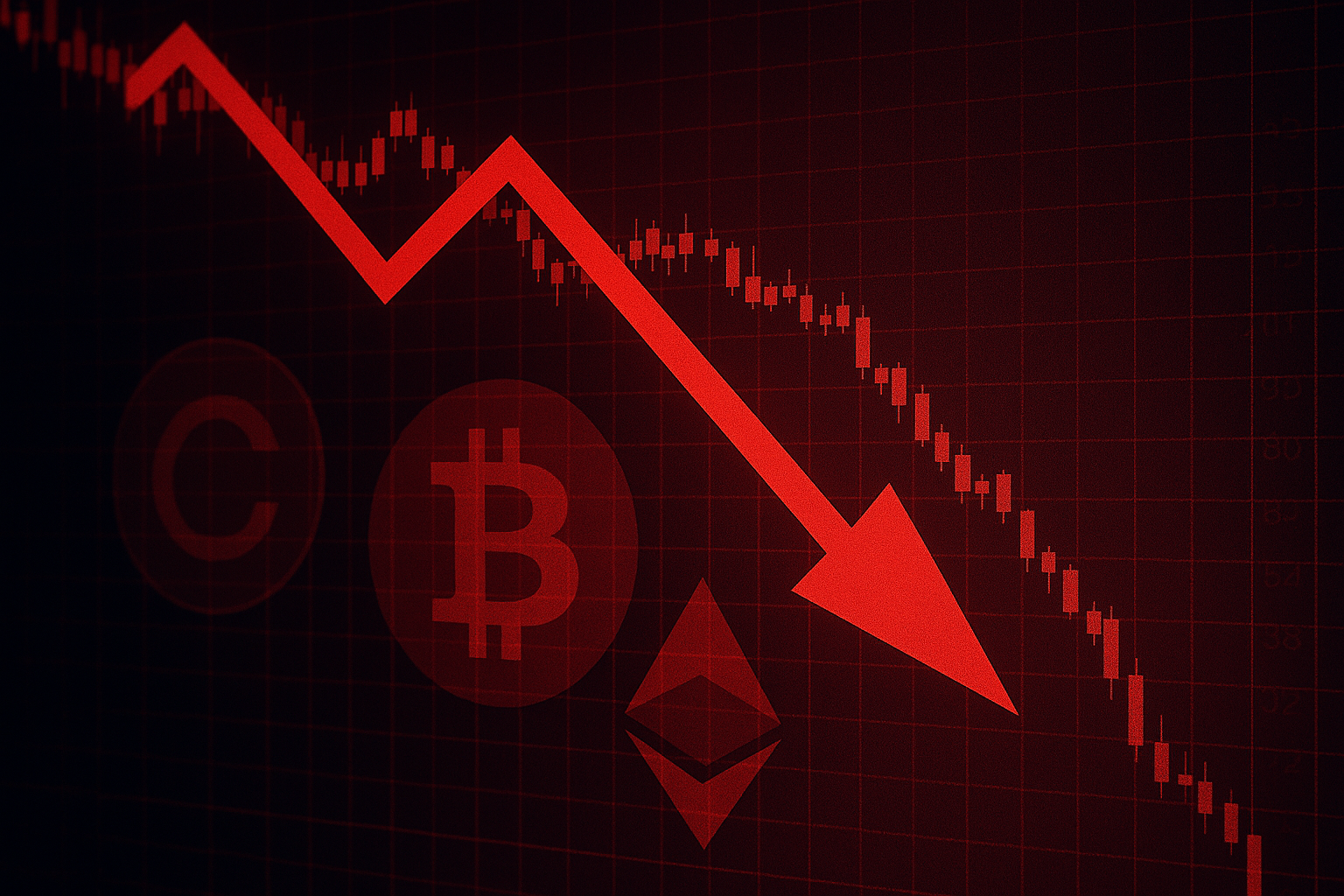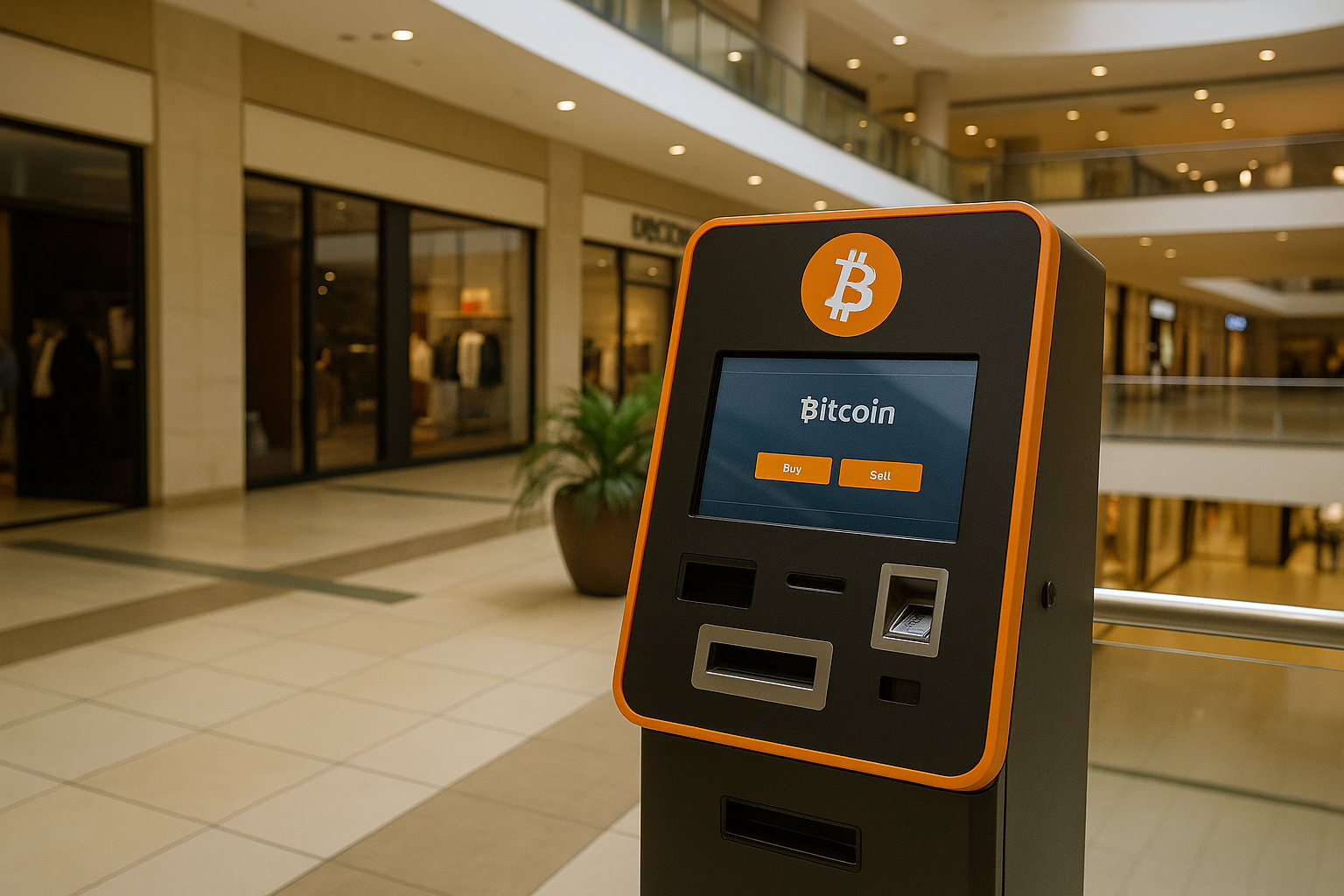
- Vanguard now allows clients to trade Bitcoin, Ethereum, XRP, and Solana ETFs.
- XRP ETFs have seen $756M inflows in 11 days, with no outflows recorded.
- Goldman and other firms are boosting crypto exposure alongside Vanguard.
In a dramatic shift that signals growing acceptance of digital assets by mainstream finance, Vanguard has opened its brokerage platform to regulated crypto ETFs.
Starting this week, US investors can access exchange-traded funds tied to Bitcoin, Ethereum, XRP, and Solana, marking a major reversal from the firm’s long-held resistance to cryptocurrency.
🚨 Just found this on Vanguard’s official website 👀
Multiple XRP ETFs (Franklin, Canary, REX-Osprey, ProShares…) are now showing under « Non-Vanguard Funds » in the Digital Assets category.
Looks like access is finally opening up for crypto ETFs pic.twitter.com/Y08IgtAybg
— Arthur (@XrpArthur) December 2, 2025
Notably, the move comes amid surging client demand and increasing institutional interest in digital assets, reshaping Vanguard’s traditional investment philosophy.
Vanguard finally embraces crypto
For years, Vanguard maintained a cautious stance toward cryptocurrencies, with former CEO Tim Buckley publicly dismissing BTC and other digital assets as too speculative and unsuitable for long-term portfolios.
The firm consistently refused to offer crypto ETFs, emphasising stability and low-risk investments for retirement-focused clients.
However, leadership changes paved the way for a rethink.
Salim Ramji, formerly the global head of ETFs at BlackRock, assumed the CEO role and gradually steered Vanguard toward regulated crypto offerings.
While the firm still will not create its own crypto ETFs or mutual funds, it now supports third-party products that meet regulatory standards, providing clients with access to digital assets while maintaining compliance.
The platform expansion enables more than 50 million US brokerage clients to trade crypto ETFs alongside other non-core assets like gold.
This could significantly increase market participation, with some predicting near-term price boosts in Bitcoin (BTC) and Ethereum (ETH).
Vanguard’s inclusion of XRP ETFs
Among the new offerings, XRP-based ETFs have generated particular excitement.
In just 11 trading days, spot XRP ETFs have recorded net inflows exceeding $756 million, with total assets under management reaching $723 million.
Remarkably, there have been no outflows, and major inflow events include $243 million during Canary Capital’s launch, $164 million tied to Grayscale and Franklin Templeton ETFs, and $89.65 million in the most recent session.
This rapid accumulation is reducing the liquid XRP supply on exchanges, potentially creating a supply shock that could influence pricing.
Mainstream finance accelerates crypto adoption
Vanguard’s pivot reflects a broader trend among traditional financial institutions embracing crypto.
Goldman Sachs, for example, is deepening its exposure through a $2 billion acquisition of Innovator Capital Management, which issues defined-outcome ETFs, including Bitcoin-linked structured funds.
The bank has rapidly increased its holdings in Bitcoin and Ethereum ETFs, totalling billions in assets, while also developing infrastructure for tokenised financial products.
Industry observers view these moves as part of a gradual yet significant integration of digital assets into mainstream portfolios, indicating that regulated, institutionally backed crypto investment is shifting from a niche to a standard.
The implications of Vanguard’s decision extend beyond immediate market activity.
By allowing access to regulated crypto ETFs, the firm is providing a channel for both retail and institutional investors to participate in digital asset markets within a familiar, compliant framework.
This could draw additional inflows, potentially reshaping liquidity dynamics and market sentiment across Bitcoin, Ethereum, XRP, and Solana.
For Vanguard, the shift represents not only a strategic response to client demand but also an acknowledgement that digital assets have become a permanent fixture in the global financial landscape.





















